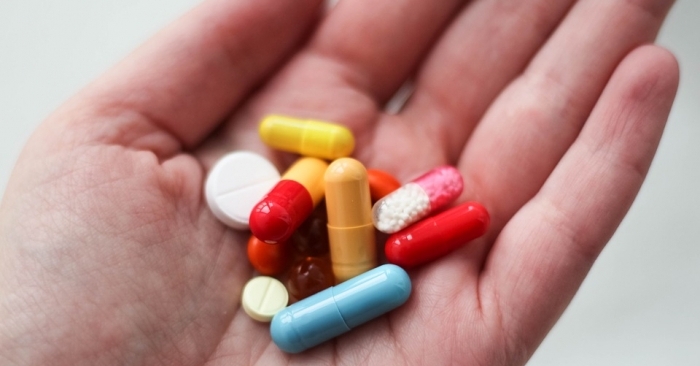Coronavirus: Find out how much Indian pharma is exposed to Chinese Imports
February 22, 2020: The credit rating agency, ICRA has revised its outlook on the Indian pharmaceutical industry from stable to negative in view of the ongoing lockouts in parts of China following the outbreak of the coronavirus.

February 22, 2020: The credit rating agency, ICRA has revised its outlook on the Indian pharmaceutical industry from stable to negative in view of the ongoing lockouts in parts of China following the outbreak of the coronavirus.
Though the majority of the pharmaceutical manufacturing facilities in China are located far away from the coronavirus affected sites, there has been a disruption in the supply chain due to the lockouts.
Indian pharma imports
The India pharma is highly dependent on imports, with more than 60% of its active pharmaceutical ingredients (API) requirement being imported, and in some specific APIs, like cephalosporins, azithromycin and penicillin, the dependence is as high as 80 to 90%. Of the total imports of APIs and intermediates into India, China accounts for 65-70%. The situation is more alarming in case of intermediates of stages prior to APIs and key starting materials (KSMs) which are the building blocks for the drugs, wherein, in some cases, China is the exclusive supplier.
“For instance, PenG and 7ACA, the key raw materials required for manufacturing cephalosporins are manufactured exclusively in China. Additionally, for some input materials, even if alternate sources are available, China remains the preferred source given the economical rates,” says the release.
Inventory capacity and increased API prices
According to ICRA research, the domestic API manufacturers have an inventory of one-two months, which should adequately support their production till mid-March 2020. Continuation of the virus outbreak, however, beyond mid-March 2020 may adversely impact production of these API manufacturers, possibly leading to a complete halt of production for some smaller players. Alternatively, for certain intermediates, they may source it from other countries, but at higher prices. This will impact their profitability as they may not be able to fully pass on the same to the formulations manufacturers. Furthermore, while they can shift their source of supply of raw materials for exports to regulated markets like the US, it requires refiling the drug master file (DMF) with the United States Food and Drug Administration (USFDA) for approval, which takes about six months.
While many of the domestic formulations manufacturers are backwards integrated for certain APIs or even source the APIs domestically, they have a large indirect dependence on China as the KSMs for these APIs are largely imported from there. According to ICRA research, domestic formulations manufacturers have an inventory of 1.5-2.5 months on an average, and thus they have not been impacted as yet. However, a shortage of APIs and KSMs due to the extended lockout in China will adversely impact the production of formulations manufacturers. Coupled with an increase in API prices due to supply shortage, this will impact the profitability of the domestic formulations manufacturers.
While the domestic pharmaceutical manufacturers have not seen any significant increase in raw material prices as of now, expectations of disruption in supply beyond mid-March 2020 would result in an increase in the prices, thereby impacting their profitability.
In view, of the above, ICRA has revised its outlook on the Indian pharmaceutical industry to negative. The extent of the impact of production shutdowns and increase in prices of raw materials on the profitability of the domestic pharmaceutical manufacturers would, however, vary depending on each company’s product and raw material sourcing mix and the quantum of inventory held.



